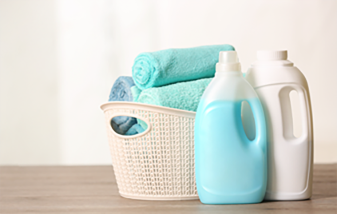
Oct . 06, 2024 07:27 Back to list
redispersible polymer powder types
Understanding Redispersible Polymer Powder Types
Redispersible polymer powders (RDPs) are essential components in various construction materials and applications. These powders are water-soluble and, upon being mixed with water, they reformulate into a polymer dispersion. This unique property makes them invaluable in enhancing the performance of cement, mortar, and adhesive systems. With a multitude of RDP types available, each exhibiting distinct characteristics, it is crucial for manufacturers and contractors to understand the different types and their specific applications.
Types of Redispersible Polymer Powders
1. Vinyl Acetate-Ethylene (VAE) Copolymers VAE copolymers are one of the most commonly used types of RDPs, particularly in the production of tile adhesives and exterior insulation finishing systems (EIFS). They provide excellent adhesion properties and flexibility, making them suitable for applications wherein movement or thermal expansion is expected. Their resistance to water and alkali also enhances the durability of constructions.
2. Acrylic Polymers Acrylic-based RDPs are recognized for their superior weather resistance, UV stability, and flexibility. They are widely used in applications such as waterproofing membranes and decorative finishes where exposure to harsh environmental conditions is common. Additionally, acrylics maintain their performance in low temperatures, making them ideal for colder climates.
redispersible polymer powder types

3. Styrene-Butadiene (SB) Copolymers Styrene-butadiene copolymers offer a balance of flexibility and strength, which is often needed in flooring adhesives and patching compounds. Their tough nature makes them resistant to impact and deformation, which is crucial in high-traffic areas. However, they tend to be less resistant to water compared to VAE and acrylic types.
4. Ethylene-Vinyl Acetate (EVA) EVA RDPs are highly valued for their elastic properties. They are perfect for joint sealants and flexible flooring systems. The elasticity provided by EVA helps in absorbing shocks and impacts, thus extending the lifespan of the flooring applications.
5. Polyvinyl Acetate (PVA) PVA is commonly utilized in adhesives and emulsion paints. It provides a strong bond and good film-forming capabilities. However, its performance decreases when exposed to moisture, thus limiting its applications in outdoor settings.
Conclusion
The choice of redispersible polymer powder significantly influences the effectiveness and longevity of construction materials. Understanding the various types of RDPs, including VAE, acrylics, SB copolymers, EVA, and PVA, allows manufacturers to select the most appropriate polymer for their specific needs. As the construction industry continues to evolve, the use of RDPs will undoubtedly enhance the performance of building materials, promoting durability and sustainability in construction practices. Therefore, it is essential for industry professionals to keep abreast of advancements in RDP technology to ensure optimal application and performance.
-
Versatile Hpmc Uses in Different Industries
NewsJun.19,2025
-
Redispersible Powder's Role in Enhancing Durability of Construction Products
NewsJun.19,2025
-
Hydroxyethyl Cellulose Applications Driving Green Industrial Processes
NewsJun.19,2025
-
Exploring Different Redispersible Polymer Powder
NewsJun.19,2025
-
Choosing the Right Mortar Bonding Agent
NewsJun.19,2025
-
Applications and Significance of China Hpmc in Modern Industries
NewsJun.19,2025







